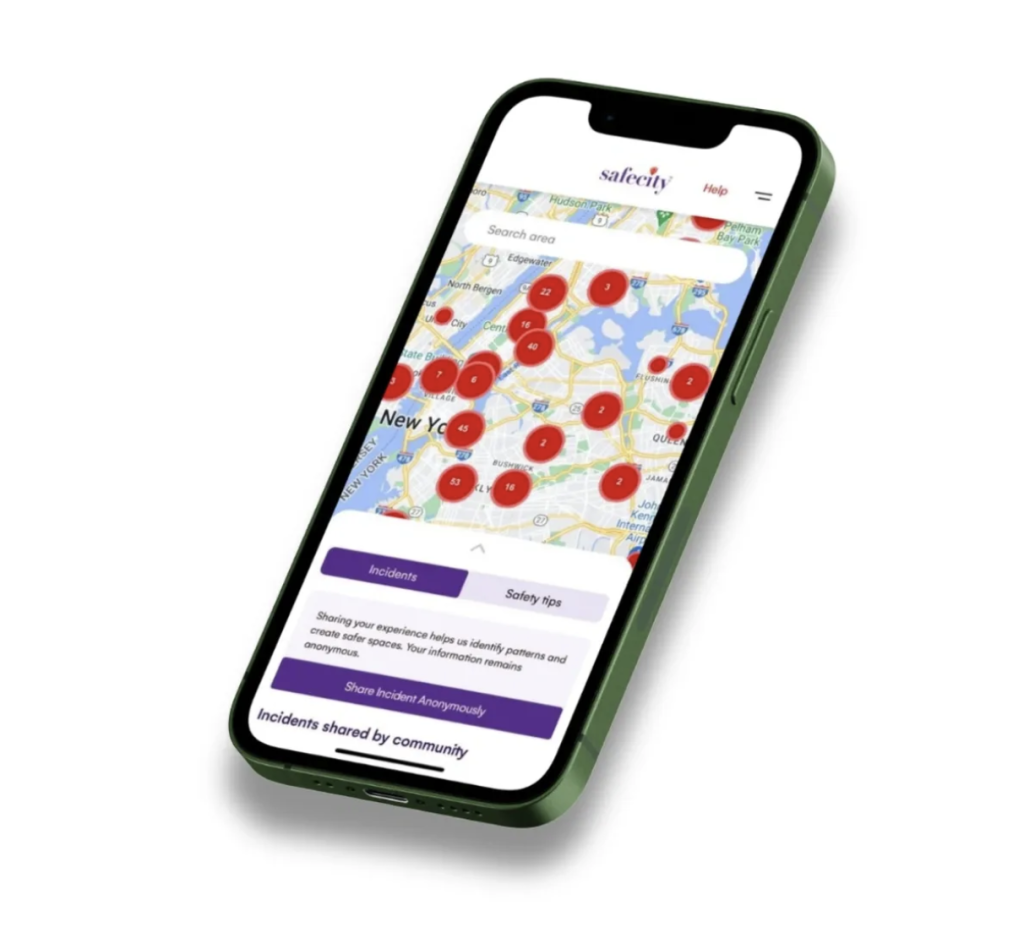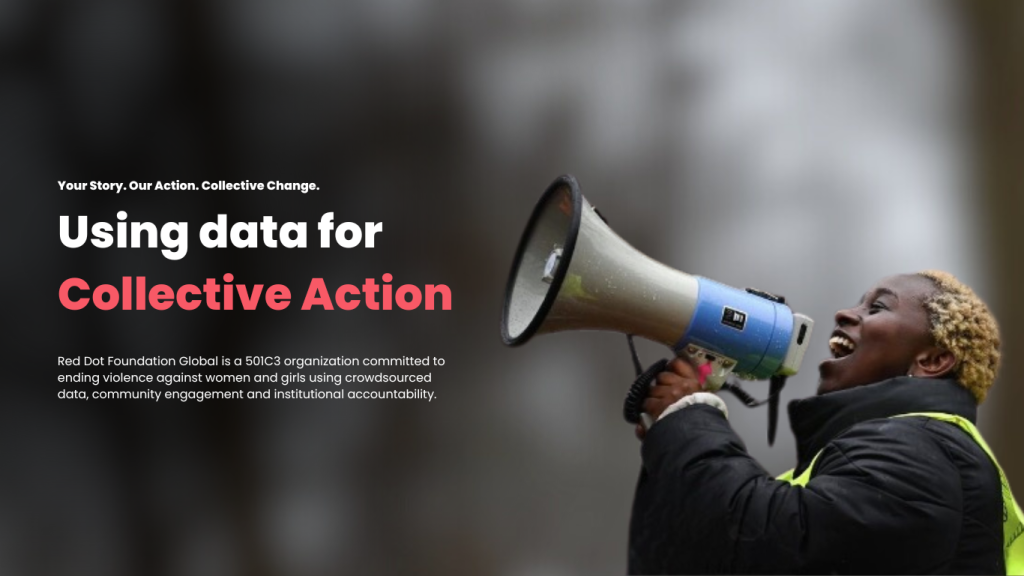When it comes to gender-based violence (GBV), the places we move through every day—our streets, buses, parks, and campuses—can have a significant impact on our views of safety. And for many students, these public spaces are not always as safe as they should.
Led by Red Dot Foundation Global in partnership with Greater Manchester Police, Greater Manchester Victim Services, and Resist Rape Culture at UMSU, this initiative is focused on understanding and addressing gendered violence by combining data, community voices, and institutional change. In this blog, we’ll explore:
- Why Public Safety is important in conversations about GBV.
- How the Safer Cities Project is using community voices to drive change.
- Why your experience matters & how you can be part of the solution.
Why Public Safety Is a Gender Issue
For many people, the risk of harassment or assault extends outside their homes and workplaces. It’s in ordinary, everyday places they travel through: a dark road after class, a busy bus station, or a walk home from a friend’s.
Gender-based violence (GBV) in public places often goes unreported, and when it does get noticed, it’s not always taken seriously. That lack of visibility can leave the person feeling unheard, allowing damaging patterns to continue. That’s why it is not only important to raise awareness about GBV, but also to actively track where it happens, who it affects, and how communities can prevent it from happening in the future.
What Is this Initiative About?
The Safer Cities Project aims to study gender-based violence patterns in Greater Manchester’s public areas, particularly among student communities. Through social audits and anonymous crowdsourced data, we are identifying areas where people feel unsafe and fostering community conversations about trust, access, and protection.
The key goals?
- Understand the patterns of harassment, assault, and underreporting.
- Identify areas where public safety is an issue.
- Increase transparency and trust between local communities and the police.
- Use data to support evidence-based policing and community-driven solutions.
This is more than just mapping crime; it is about promoting change through awareness, accountability, and action.
What Makes This Approach Different?
Traditional responses to GBV are often seen after the incident has occurred. However, the safer cities project is taking a different approach, emphasizing prevention, engagement, and collaboration. By involving students, local residents, and institutions in a meaningful way, this approach is helping people actively develop solutions rather than simply reporting harassment.
It’s also worth mentioning that crowdsourced data—such as polls and community reports—can be extremely powerful. It contributes to a more accurate depiction of the realities that people confront on the ground, beyond official statistics.
Why Your Voice Matters?
If you’re a student, a resident, or just passing through Greater Manchester, your experiences count. Whether you’ve felt uncomfortable walking home, been harassed on public transportation, or simply seen an area with insufficient lighting or security, your observations can help protect others.
Every story shared helps us get closer to:
- Understanding which spaces require change.
- Assisting law enforcement to make better, more informed decisions.
- Creating cities where everyone, regardless of gender, can feel safe.
How You Can Help Create Safer Cities?
We’re all part of this city. And everyone has a role to play in making it safer. Here’s how you can get involved:
- Take the Survey: Share your experience to help build a body of facts that can guide real-world action.
- Spread the Word: Inform your peers, classmates, and neighbors about the project, especially those who may feel unheard.
- Engage with Local Initiatives: Look for student clubs or community events that promote gender equality and safety.
Also, please take a moment to learn more about our project partners, such as Greater Manchester Police and Victim Services, who are actively trying to bridge the gap between the public and institutions.
Ready to Make Greater Manchester Safer?
Real change happens when people come together. Whether you’re sharing your experience or urging others to speak up, your participation is critical to creating a safer, more inclusive community.

Download the SafecityApp to:
- Anonymously report incidents
- Connect with nearby support services
- Access safety tips and legal resources


